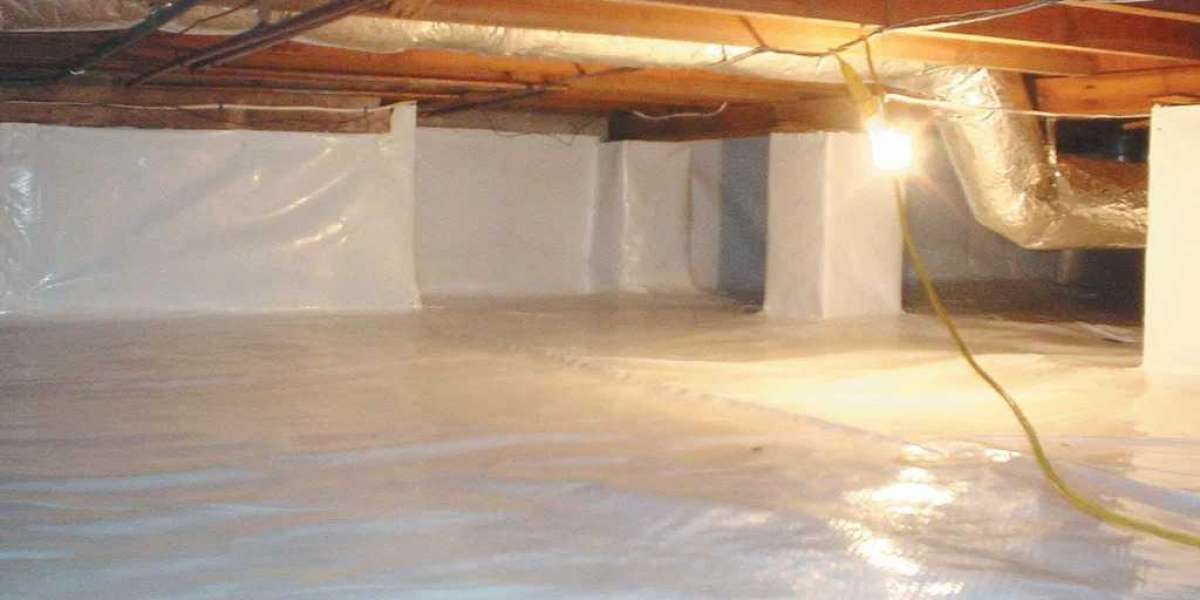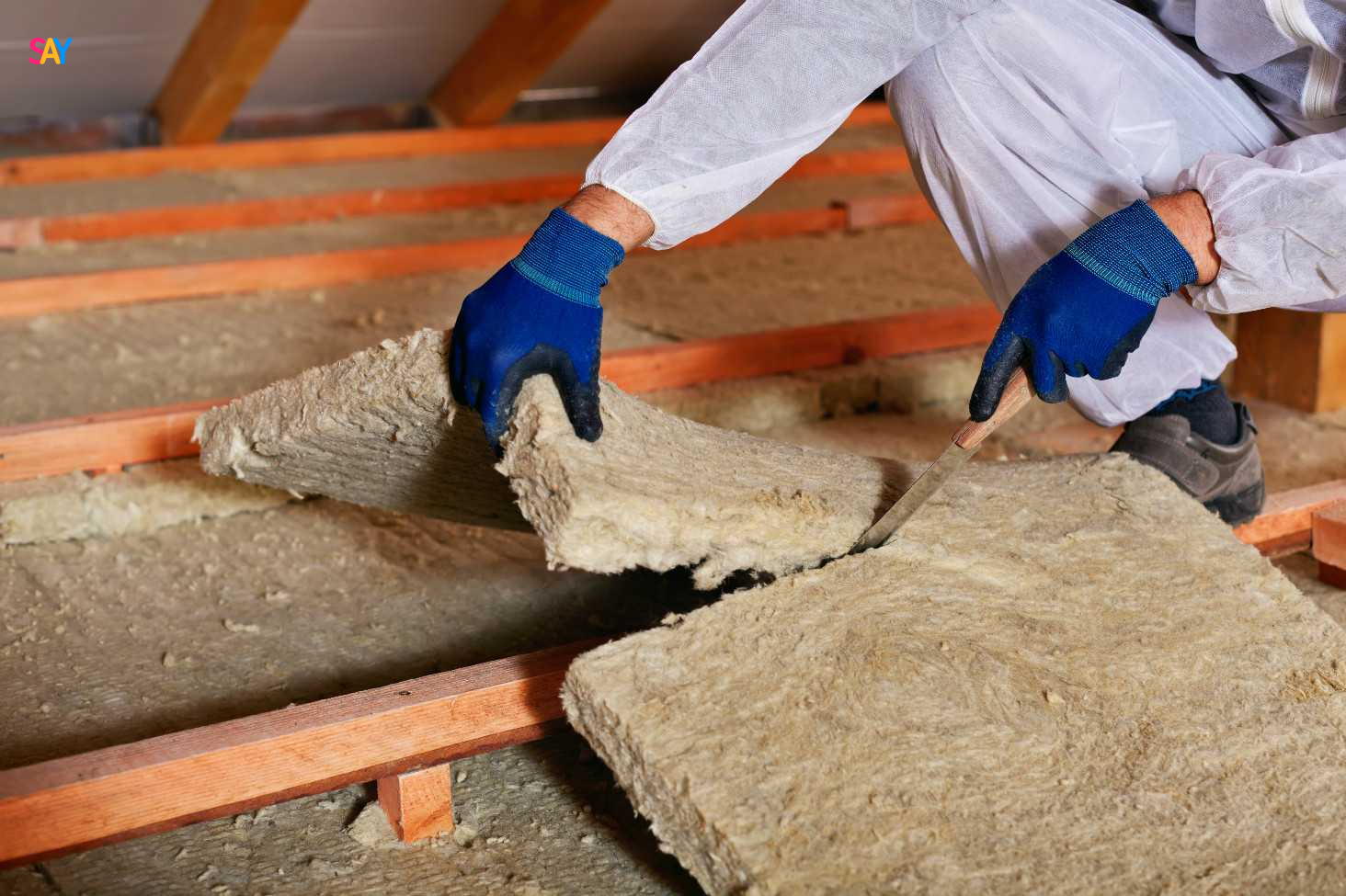Moisture issues in crawl spaces can lead to significant problems for homeowners, including structural damage, mold growth, and unpleasant odors. One of the most effective solutions for protecting your home from moisture is installing crawl space spray foam insulation. This method not only helps seal out moisture but also offers energy efficiency benefits, improved air quality, and enhanced comfort. This article provides a comprehensive breakdown of crawl space spray foam, its benefits, and factors to consider before making a decision.
Benefits of Crawl Space Spray Foam Insulation
Crawl space spray foam insulation is applied to the walls and floor of your crawl space to create a barrier that prevents moisture from entering the area. This method works by expanding into cracks and gaps, forming a waterproof layer that resists mold growth, wood rot, and musty smells.
- Moisture Barrier: By sealing the crawl space, spray foam prevents water from entering through cracks, reducing the risk of mold, mildew, and wood rot.
- Energy Efficiency: Spray foam creates an airtight seal, preventing heat loss or gain, which can result in lower heating and cooling costs.
- Air Quality: It reduces the infiltration of allergens, such as dust and moisture, into your home, improving indoor air quality.
- Pest Prevention: The material's dense structure helps to deter pests from accessing your crawl space.
Things to Consider Before Making a Decision
1. Climate and Weather Conditions
The effectiveness of crawl space spray foam insulation can vary depending on the local climate. In areas with high humidity, spray foam can be particularly beneficial, but in dry regions, other insulation types might be more suitable.
2. Current Condition of Your Crawl Space
Before applying spray foam, inspect the crawl space for existing moisture damage. If there’s already mold or mildew, it may be necessary to address these issues before proceeding with insulation.
3. Type of Spray Foam
There are two main types of spray foam: open-cell and closed-cell. The choice between these will depend on factors like moisture levels, budget, and insulation needs. Open-cell foam is less dense and better for areas with less moisture, while closed-cell foam is more water-resistant and provides better insulation.
4. Installation Costs and Maintenance
While spray foam offers long-term benefits, the installation process can be more costly compared to other insulation methods. It's essential to factor in these costs and whether the long-term energy savings justify the upfront investment.
Types of Crawl Space Spray Foam Insulation
Open-Cell Spray Foam
Open-cell spray foam is a lighter, more affordable option that is suitable for areas with moderate moisture levels. It is best used in locations where a less dense material can still provide adequate insulation.
Property | Open-Cell Spray Foam |
Density | Lower density, softer |
Water Resistance | Moderate |
Cost | Lower cost |
Insulation R-Value | R-3.5 to R-4 per inch |
Sound Absorption | High |
Closed-Cell Spray Foam
Closed-cell spray foam is denser and more resistant to moisture, making it the preferred choice for high-humidity areas. It’s also more effective at providing a higher R-value per inch of foam.
Property | Closed-Cell Spray Foam |
Density | High density, rigid |
Water Resistance | Excellent |
Cost | Higher cost |
Insulation R-Value | R-6 to R-7 per inch |
Sound Absorption | Moderate |
Process of Installing Crawl Space Spray Foam
Installing crawl space spray foam involves a few key steps to ensure proper insulation and moisture protection. This process is typically completed by professionals, as it requires specific equipment and expertise.
- Inspection and Preparation: The first step is to inspect the crawl space for moisture problems and clear out any debris. This ensures the foam adheres properly and that existing issues are addressed before installation.
- Application of Spray Foam: The foam is applied to the walls, floor, and any other exposed surfaces in the crawl space. Closed-cell foam is typically sprayed on the walls and floor to create a durable, water-resistant layer.
- Curing: The foam will need time to cure and expand into all the cracks and gaps. After curing, the space should be sealed and fully insulated.
- Post-Installation Inspection: After installation, a final inspection ensures that the spray foam has been applied correctly and is fully effective in sealing out moisture.
Technical Specifications of Crawl Space Spray Foam
For those seeking a more detailed look at the technical aspects of spray foam insulation, here’s a table summarizing key specifications for both open-cell and closed-cell options.
Specification | Open-Cell Spray Foam | Closed-Cell Spray Foam |
Density | 0.5 to 1.0 lb/ft³ | 2.0 to 2.5 lb/ft³ |
R-Value per Inch | R-3.5 to R-4 | R-6 to R-7 |
Water Vapor Permeability | High (Not water-resistant) | Low (Water-resistant) |
Durability | Moderate | High |
Typical Application Thickness | 3–4 inches | 2–3 inches |
Common Questions
Is spray foam insulation suitable for all types of crawl spaces?
Spray foam is ideal for most crawl spaces, particularly those in areas with moisture issues. It’s important to check whether the crawl space has proper ventilation and to address any existing moisture problems before installation.
How long does spray foam insulation last?
Spray foam can last for decades if properly applied and maintained. It is resistant to mold and mildew, which contributes to its long lifespan.
Can I install spray foam insulation myself?
While DIY kits are available, it's generally recommended to hire a professional for installation. Proper application requires specialized equipment and knowledge to ensure effectiveness and safety.
Will spray foam improve my home’s energy efficiency?
Yes, spray foam insulation helps reduce air leaks and provides a more efficient thermal barrier, leading to lower heating and cooling costs.
Make the Right Decision
When considering a professional spray foam insulation contractor, it’s essential to evaluate the specific needs of your home, including moisture levels, climate, and the current condition of your crawl space. The right type of insulation can offer long-term benefits, from improved air quality to energy savings. Consider your options carefully and consult with professionals to ensure you make an informed decision.
FAQ
1. What is the primary benefit of crawl space spray foam insulation?
Crawl space spray foam insulation effectively prevents moisture from entering, protecting your home from mold, wood rot, and improving air quality.
2. Can I apply spray foam over existing insulation?
It’s possible to apply spray foam over existing insulation, but first, the current insulation must be in good condition. If the existing insulation is damaged, it should be removed.
3. How much does crawl space spray foam insulation cost?
Costs vary depending on the size of the crawl space and the type of spray foam used. Typically, it can range from $1,500 to $5,000 for installation.
4. Can spray foam insulation help with pest prevention?
Yes, the dense structure of spray foam acts as a barrier that can deter pests from entering the crawl space.






